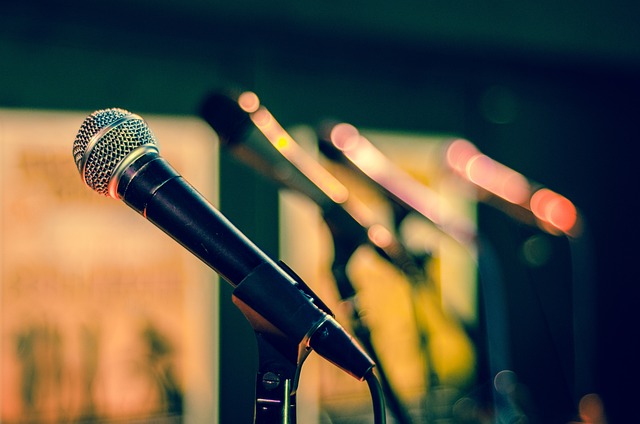The digital era has revolutionized the music industry worldwide, and India is no exception. With the advent of streaming platforms, social media, and digital distribution channels, the Indian music industry has witnessed significant transformations in how music is created, consumed, and monetized. This article explores the evolution of the Indian music industry in the digital era, highlighting its impact on artists, listeners, and the industry as a whole.
Digital Distribution and Accessibility:
Digital platforms have democratized the distribution of music, making it more accessible to a global audience. Streaming services, such as Spotify, Apple Music, and Gaana, have made it easier for artists to distribute their music to millions of listeners without the need for traditional record labels or physical distribution channels.
This accessibility has also opened up opportunities for independent artists and regional musicians to gain recognition and reach wider audiences. With digital platforms, Indian music, including regional and folk genres, has gained visibility and appreciation beyond geographical boundaries.
Music Discovery and Curation:
Digital platforms and streaming services have transformed the way listeners discover and consume music. Curated playlists, personalized recommendations, and algorithm-driven discovery features have made it easier for listeners to explore new artists, genres, and musical styles.

In India, where music spans a wide range of languages and genres, digital platforms have played a crucial role in promoting diverse music and connecting listeners with a variety of musical experiences. This has not only expanded the musical preferences of listeners but also provided a platform for emerging and independent artists to gain exposure and find their audience.
Collaborations and Cross-genre Fusion:
Digital platforms have facilitated collaborations and cross-genre fusion in the Indian music industry. Artists from different backgrounds and genres can easily connect, collaborate, and create music together, breaking traditional barriers and experimenting with new sounds.
These collaborations have resulted in a fusion of Indian classical music with contemporary genres, such as hip-hop, electronic, and pop, creating unique and innovative musical expressions. The digital era has provided a platform for these collaborations to flourish, enabling artists to explore new creative avenues and reach a broader audience.
Independent Music and Artist Empowerment:
The rise of digital platforms has empowered independent artists and musicians in the Indian music industry. Artists no longer solely rely on record labels or physical album sales to gain recognition and monetize their music. They can independently release their music on streaming platforms, build their fan base through social media, and engage directly with their audience.
Digital platforms have also enabled artists to retain creative control over their music and engage in direct monetization models, such as streaming royalties, digital downloads, and concert ticket sales. This has given artists greater financial independence and the freedom to experiment with their music without the constraints of traditional industry gatekeepers.As stated in this article, you can browse your selection of available deals on smartphones and top brands and explore the cell phone service plans that best suit your needs.
Live Streaming and Virtual Concerts:
The digital era has brought live streaming and virtual concerts to the forefront, especially in the wake of the COVID-19 pandemic. Artists have embraced live-streaming platforms to connect with their fans, perform live, and generate revenue through virtual ticket sales and donations.

Virtual concerts have provided an immersive experience for fans, allowing them to enjoy live music from the comfort of their homes. This has opened up new avenues for artists to connect with their audience, transcend geographical boundaries, and create unique virtual experiences through innovative visual and audio production.
Challenges and Opportunities for the Industry:
While the digital era has brought numerous opportunities for the Indian music industry, it has also presented challenges. The rise of streaming platforms has led to a decline in physical album sales, impacting revenue streams for artists and traditional music distribution channels.
Copyright infringement and piracy remain significant challenges in the digital era, affecting artists’ income and discouraging investment in music production. However, digital platforms and industry associations are working towards implementing robust copyright protection measures to safeguard artists’ rights and ensure fair compensation for their work.
Conclusion:
The Indian music industry has experienced a significant transformation in the digital era, driven by digital distribution, streaming platforms, and technological advancements. Digital platforms have democratized access to music, empowered independent artists, and facilitated cross-genre collaborations. They have also provided listeners with personalized music discovery experiences and expanded the reach of Indian music globally.
However, the industry continues to grapple with challenges such as copyright infringement and piracy. It is crucial for stakeholders, including artists, record labels, streaming platforms, and policymakers, to work collaboratively to address these challenges and create a sustainable and vibrant digital ecosystem for the Indian music industry.
As technology continues to evolve, the Indian music industry must adapt and embrace digital innovations to foster creativity, nurture talent, and ensure the continued growth and vibrancy of one of India’s most cherished art forms.